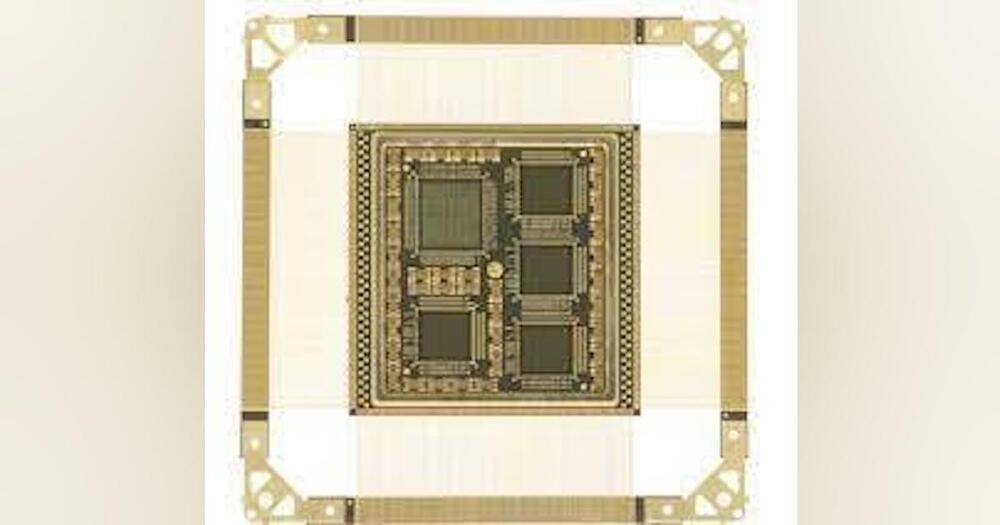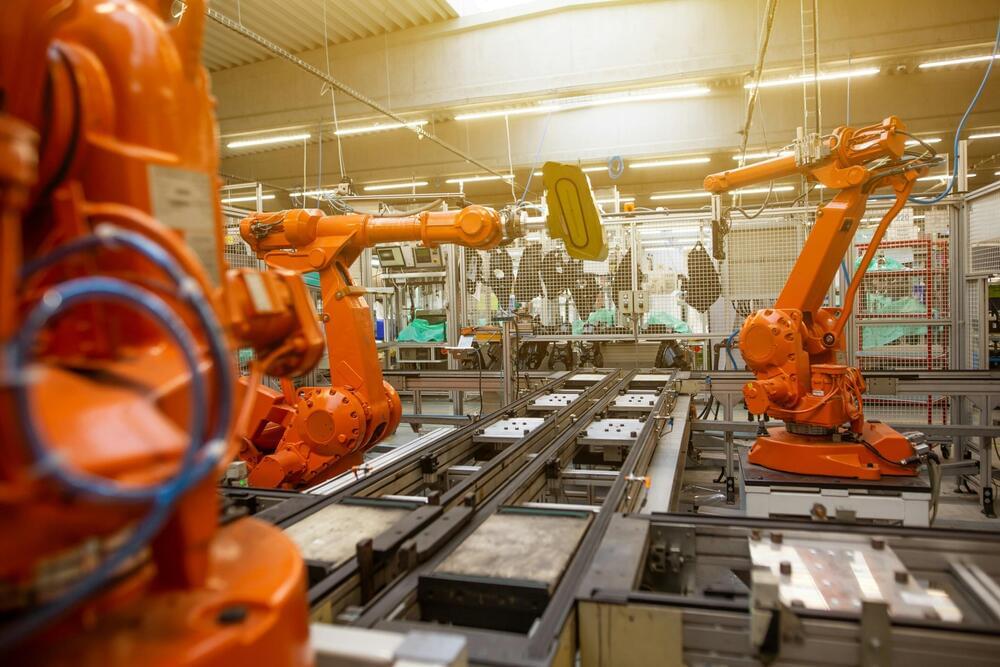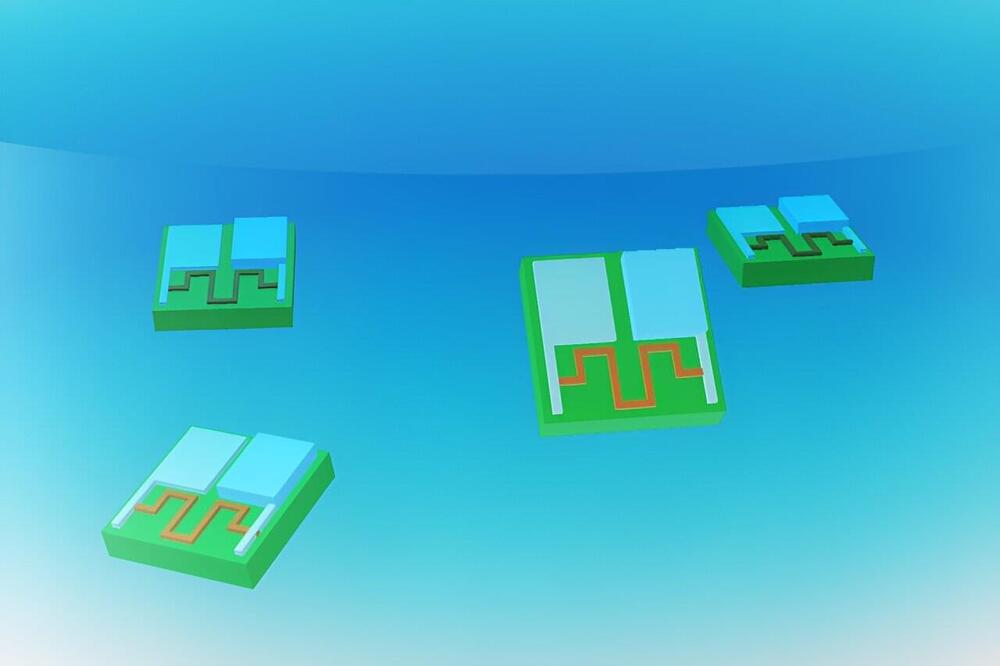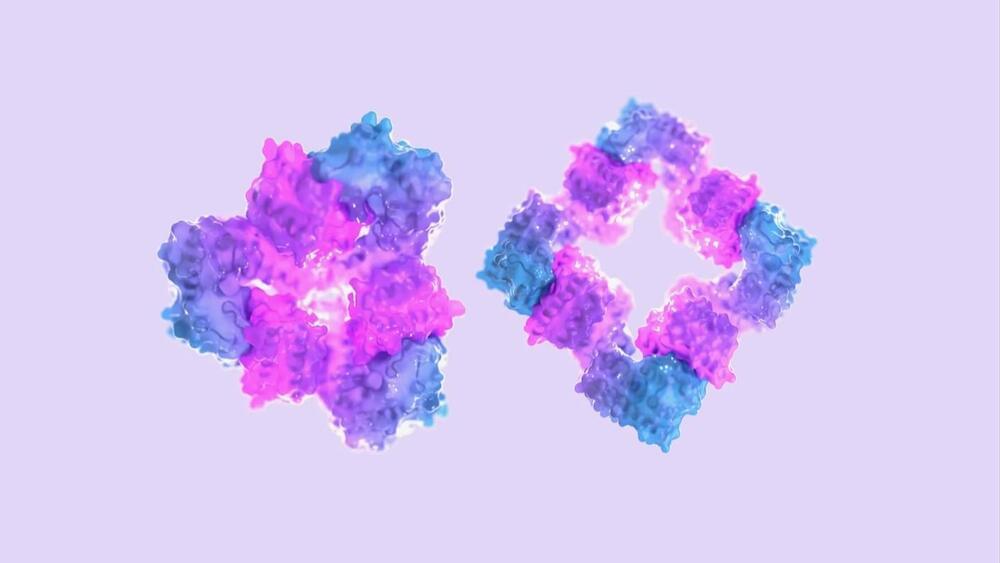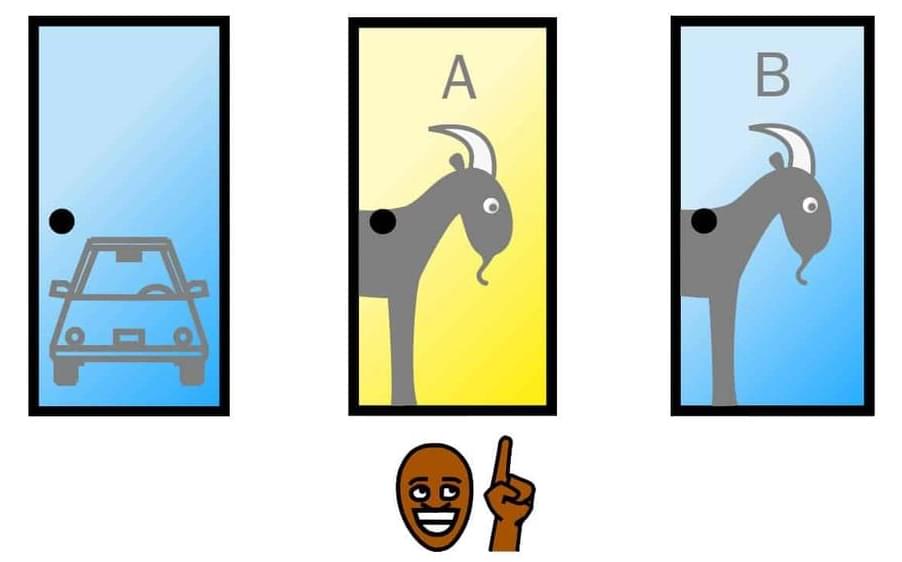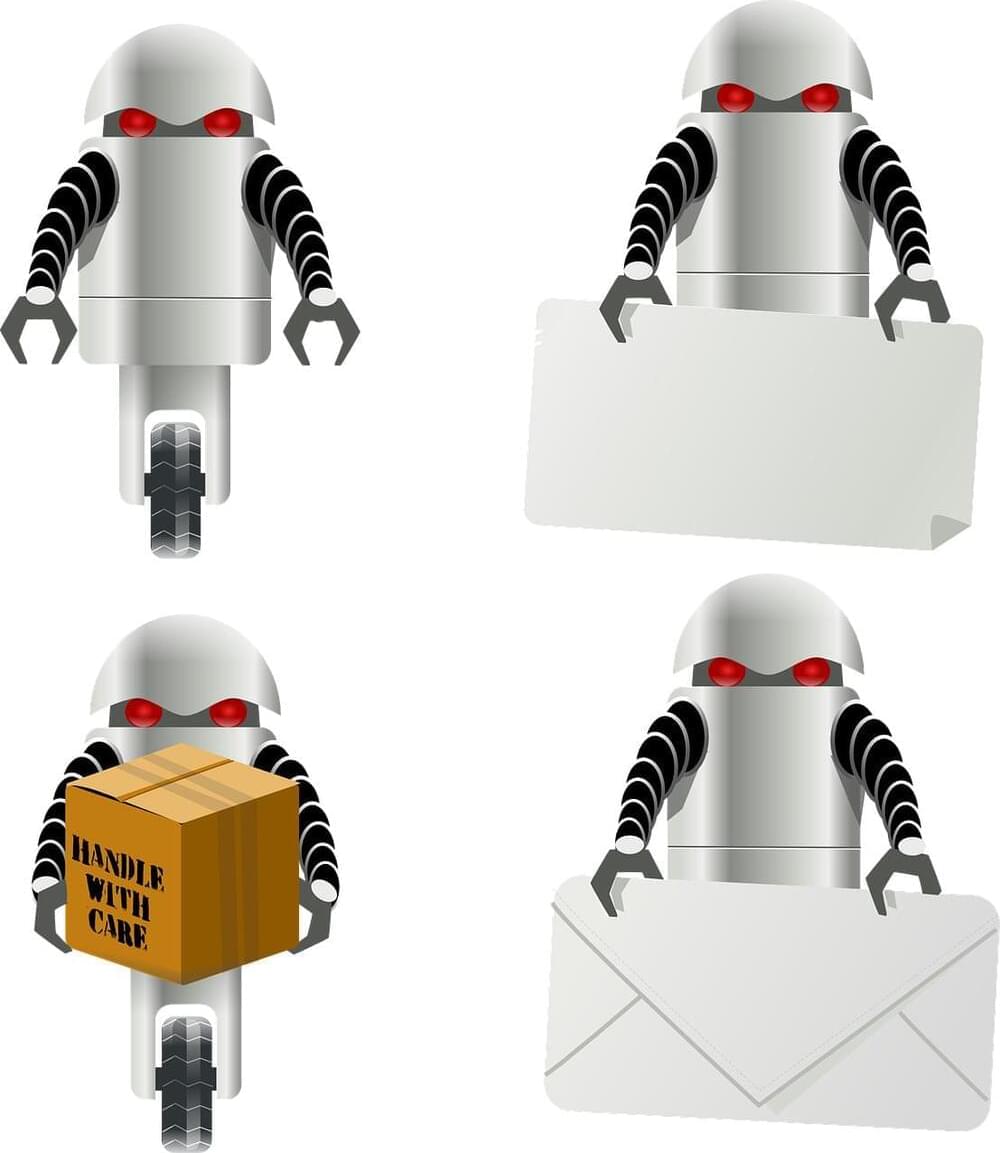Aug 17, 2024
Honeywell to continue sustaining radiation-hardened circuit manufacturing capability for space applications
Posted by Saúl Morales Rodriguéz in categories: government, robotics/AI, space travel
The services are necessary to maintain a domestic trusted source for strategic radiation-hardened microelectronics to meet the U.S. Department of Defense (DOD) certification to Congress, as stipulated by the fiscal 2018 National Defense Authorization Act Section 1,670, DOD officials say.
Radiation-hardened microelectronics components are necessary for manned and unmanned spacecraft operating on long-duration orbital missions in high-radiation space environments like geosynchronous orbits.
